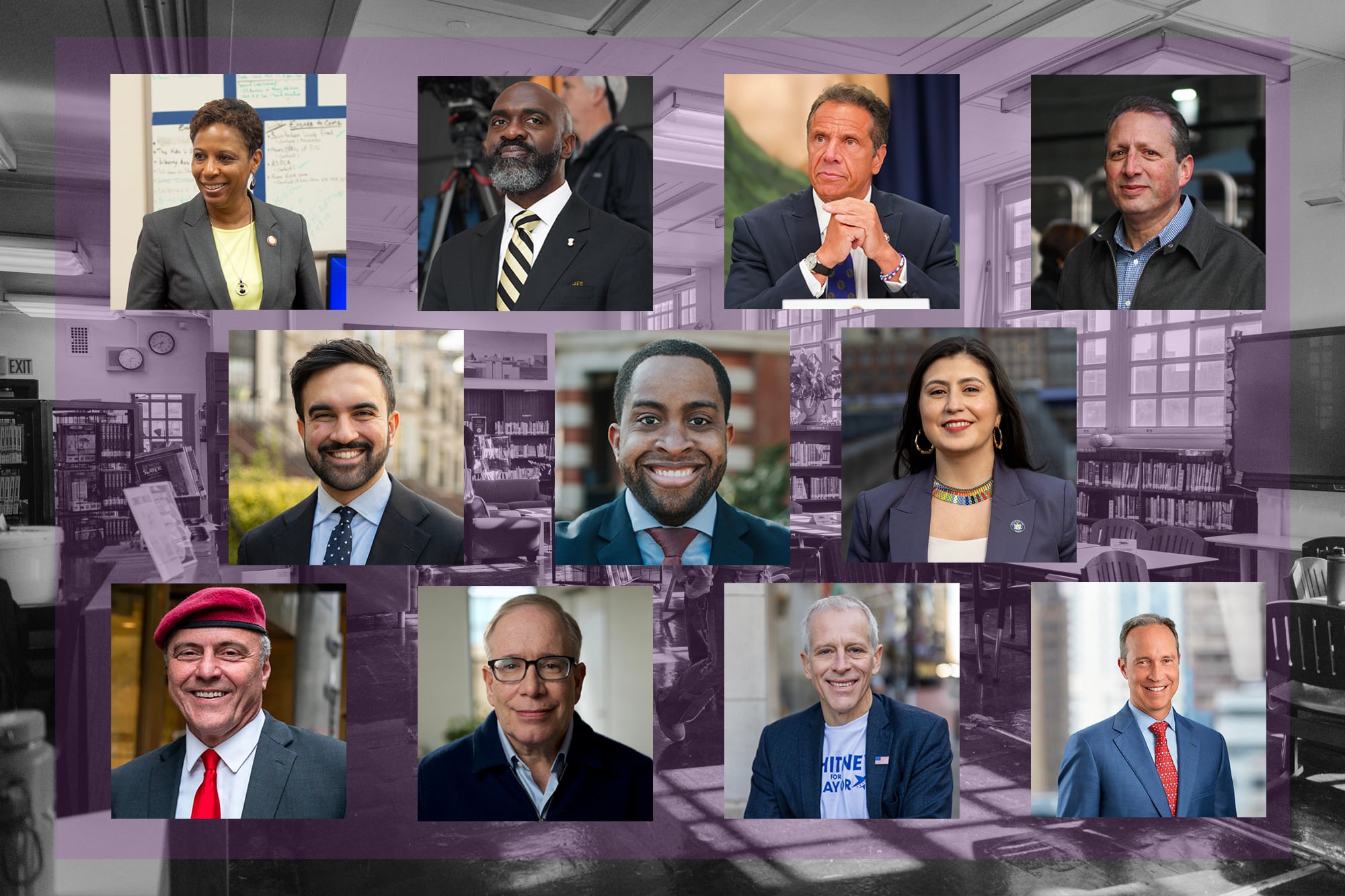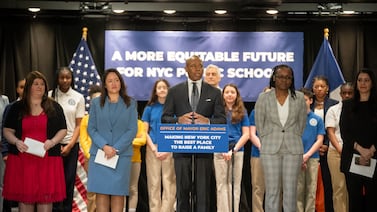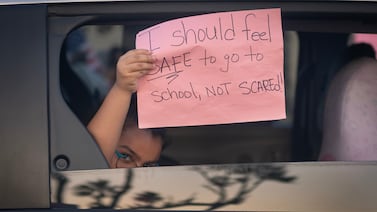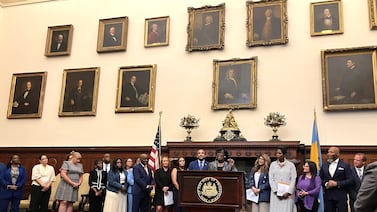This is part of a series in which Chalkbeat asked the mayoral candidates questions about important education issues that will likely define the next four years. The primary is June 24, with early voting from June 14-22.
The next mayor of New York City will be responsible for implementing one of the biggest changes to schools in recent years: sharply reducing class sizes.
Under a state law passed in 2022, the city’s K-12 classrooms must be capped at 20-25 students depending on grade level, with performing arts and physical education classes allowed up to 40. Fewer than half of the city’s classrooms currently fall within those caps. The city must reach full compliance by September 2028.
It’s a massive task that will require a hiring spree projected to cost as much as $1.9 billion annually and potentially many billions more to create new classroom space. Where that money will come from remains an open question the next mayor must answer.
Most of the candidates said they would push state lawmakers to finance it — though it’s unclear if state officials will pony up.
The next administration will also have to confront other tricky tradeoffs. Should some schools receive exemptions from the law? Should popular schools cap enrollment? Which schools will get to build new space? How can it be implemented without shortchanging high-need schools, which already tend to have smaller classes?
Chalkbeat sent a questionnaire to the leading candidates on March 25 to find out their views on seven pressing issues. A spokesperson for Mayor Eric Adams said he declined to participate since he isn’t in the primary.
We asked each of the candidates how they would approach the class size reduction mandate. Here’s what they told us.
Responses may have been edited for formatting or trimmed for length, but otherwise each candidate’s answers are as submitted, including hyperlinks.







